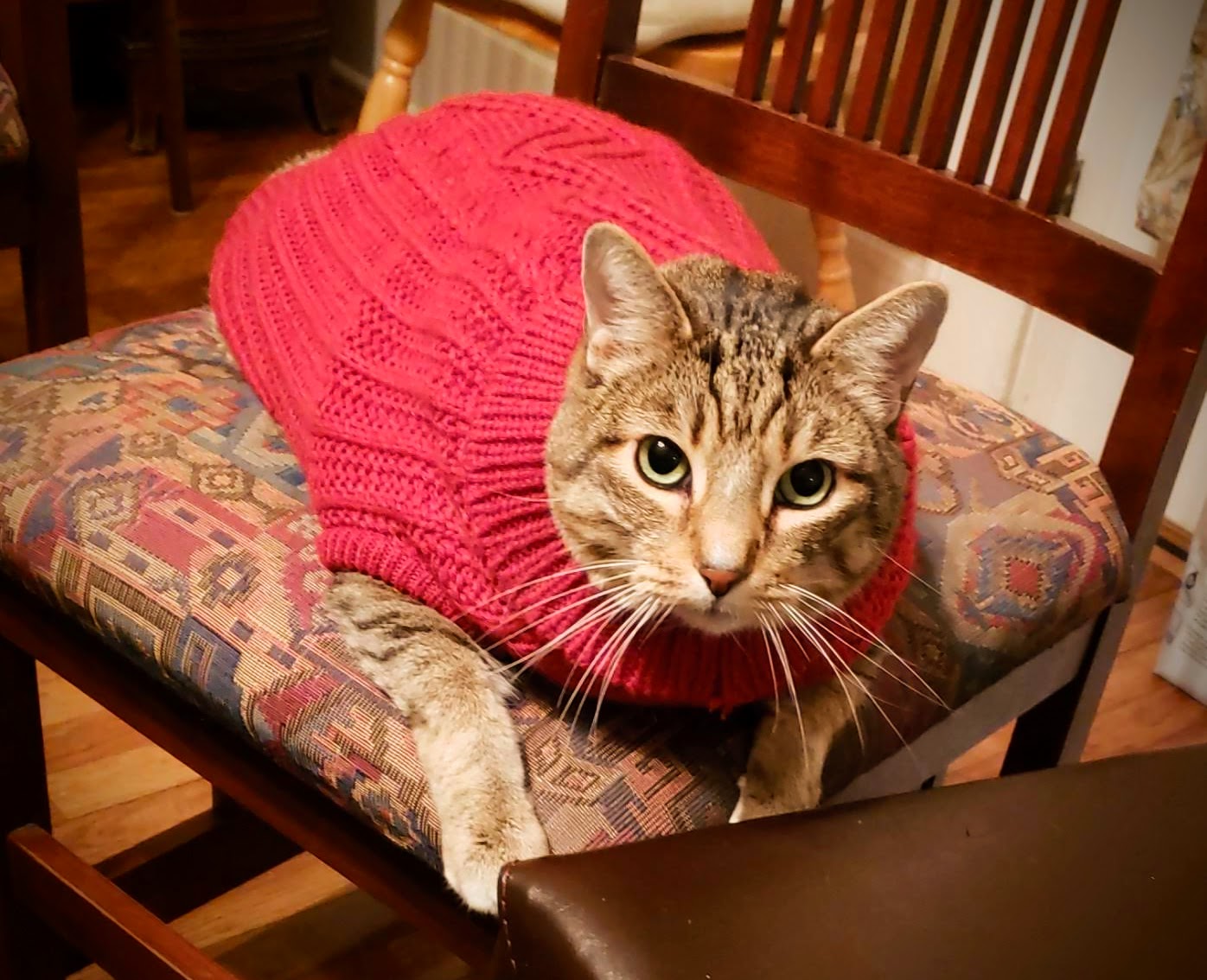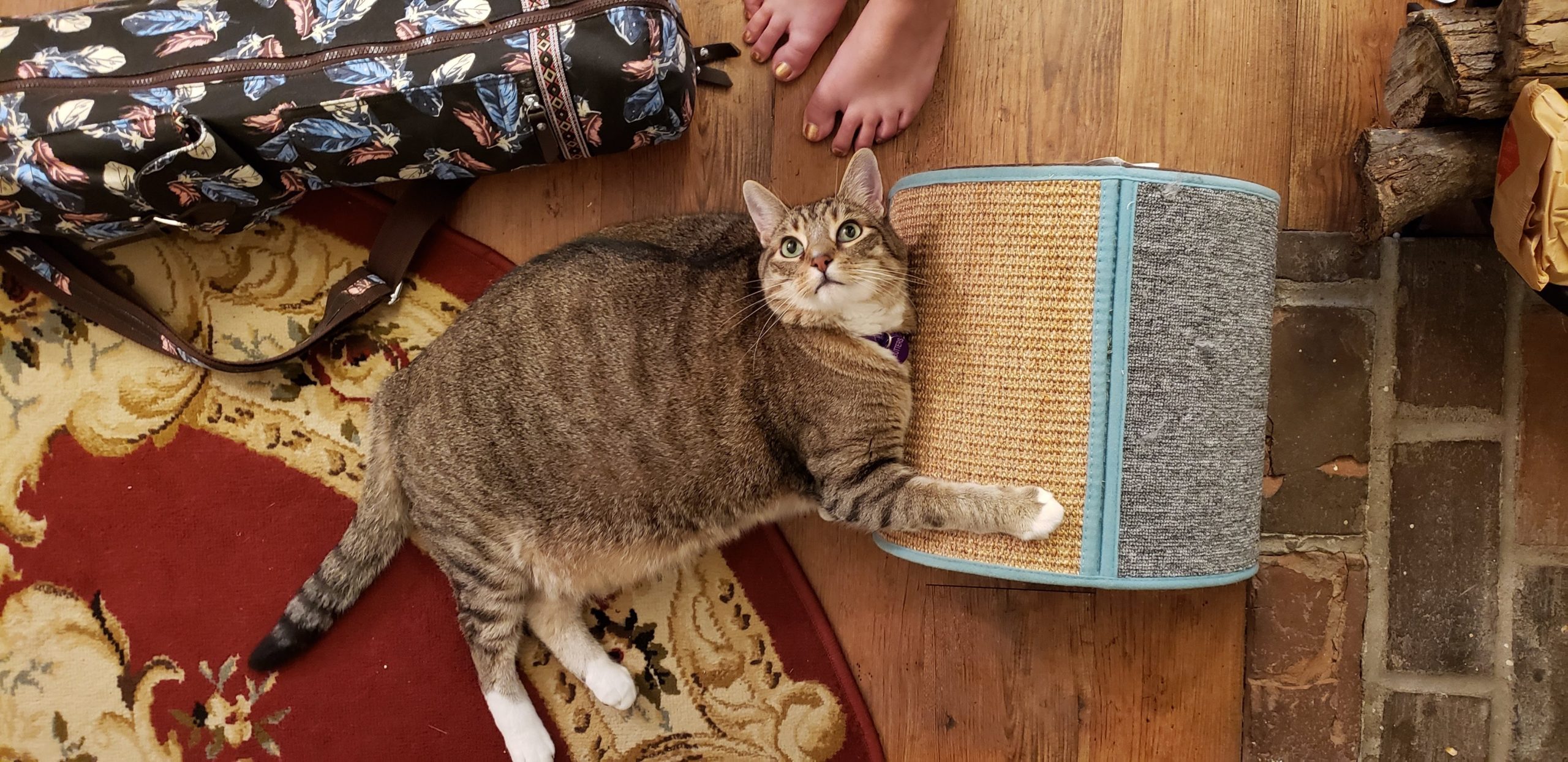If you’re adding a new feline friend to your family, one important (and also everyone’s favorite!) consideration is the litter box. What kind of litter should you use? Where should the box go? How many should you have? While there are plenty of other resources out there for Cat Advice, this is your fun and exciting source for thrilling topics!

The Litter
Unless you’re that rare breed of human who has fully toilet trained their cat, you get to have a litter box. (Or unless you have exclusively outdoor cats, but frankly I’m really not addressing you.) Ever since our dear friend Ed Lowe invented Kitty Litter in 1947, we have had a viable option for keeping cats indoors. We now have many more litter options than Ed’s original Fuller’s Earth solution, which means you have options!
What kinds of litter are there?
The basic options for litter are clumping or non-clumping, and what material (clay, sand, plant-based, etc). Clumping litters are generally easier to keep clean, as you simply scoop away the urine clumps with the poop. With non-clumping litters, the material absorbs the urine and generally falls to the bottom. That means that you’ll have to do full cleans of the litter box more often with non-clumping litters to avoid the dread puddles at the bottom. Non-clumping litters also sometimes rely on added scents to keep smells at bay.
Environment
The main factor for which material to pick is probably environmental concerns, with dust level coming at a close second. (With regards to the latter, I have yet to meet a truly dust-free litter; however, you do have to look out for those really dusty litters out there, just waiting to ensnare you like your nephew’s interactive diorama of the Dirty Thirties.) Clay and silica sand are both mined, often in open pit mines (domestic clay, including the bentonite clay used to make clumping clay litter, is almost exclusively strip mined). While clay litter is not biodegradable, there are some silica options that are.
On the other hand, there is a wide variety of litters made from “natural” ingredients such as paper, wood, wheat, corn, and walnut shells. These generally have a smaller environmental footprint than traditional clay litters. If that’s your concern, make sure you check for things like recycled paper or sustainably-harvested wood. With these kinds of litters, though, you do have to watch out for allergens in both the cats using them and the humans scooping and living around them. There is always dust.
Convenience
Let’s be real, though: the actual main factor in choosing a litter is convenience. Why don’t more people use the environmentally-friendly options? Because they can be an absolute pain to work with. Paper and wood are typically in pellet form, often bigger than your typical scoop will filter out, so you end up tossing out clean litter with the poop. Additionally, they aren’t usually as absorbent, so urine doesn’t get “locked away” (as advertisements like to phrase it). The pellets break down when they get wet, so unless you’re super on top of cleaning, you end up with a base layer of urine-soaked litter scraps at the bottom of the box (yum).
The non-clumping litters are less sanitary, as the urine stays in the box for much longer, sitting and breeding bacteria. This also requires more scent control with either perfumes or odor absorbers like baking soda. Non-clumping silica is slightly better than the “natural” option non-clumpers as the urine is actually absorbed, and you can stir it around to encourage evaporation. Bacteria can and will still breed in these conditions, though.
What’s the best litter?
The best litter is the one that matches your requirements. If you’re cool with spending the time cleaning, try one of the plant-based litters. If you’re less on top of cleaning, a clumping option might be more your speed. Also take into account your cat’s preferences. Many cats don’t like the big pellets, and the larger-crystalled silicas can be both sharp and weirdly crunchy under your cat’s paws.
If you want to try out a different litter, transition between the old and new gradually, much like how you would transition between different foods. Add some of the new stuff in with the top layer of the old, and gradually increase the proportions. Always make sure that your cat is comfortable using the litter box during this process. Don’t use clumping litter for kittens under four months.
The Box
Hopefully now you’ve picked a litter. Now you get to pick a box! I personally use just a simple deep-sided tray-style box, which can hold enough litter that it doesn’t tip over when the Great Beast steps on the lip. Covered litter boxes can be helpful for odor control or keeping small children and dogs out (some dogs really like monching cat poop). However, some cats won’t use these boxes, especially if they feel trapped in them. Cleaning them also takes an extra step or two. Auto-scooping boxes work with only some litter options, and the sound of the mechanism could potentially scare your cat away from the box.
Where does the litter box go?
Cats prefer litter boxes that meet the following criteria:
- Away from their food and water
- In a quiet, low-traffic area
- Not in a corner or closet where they might feel trapped (two escape paths)
- Away from scary loud machinery
- Not on carpet (both for the stability and for the avoid-letting-your-cat-know-that-carpet-might-be-more-fun-and-comfortable-to-pee-on)
Additionally, consider having a litter box on each floor of your house if you have a senior cat. If you have more than one cat, have n+1 litter boxes, and place them so they are, if not in different rooms, at least not touching.
Why is this a post?
Yeah, I know, this isn’t the sexiest of topics. However, as far as advice to cat parents goes, this is pretty important. (Obviously, I’m writing about it, I think it’s at least a little important.) As I have decided to give advice, I am going to be thorough about it, because That’s Just How I Be. So check out my thoughts on food and water, and watch out for more awesome advice heading your way!



Love the picture for this post! haha! And thank you for the advice!